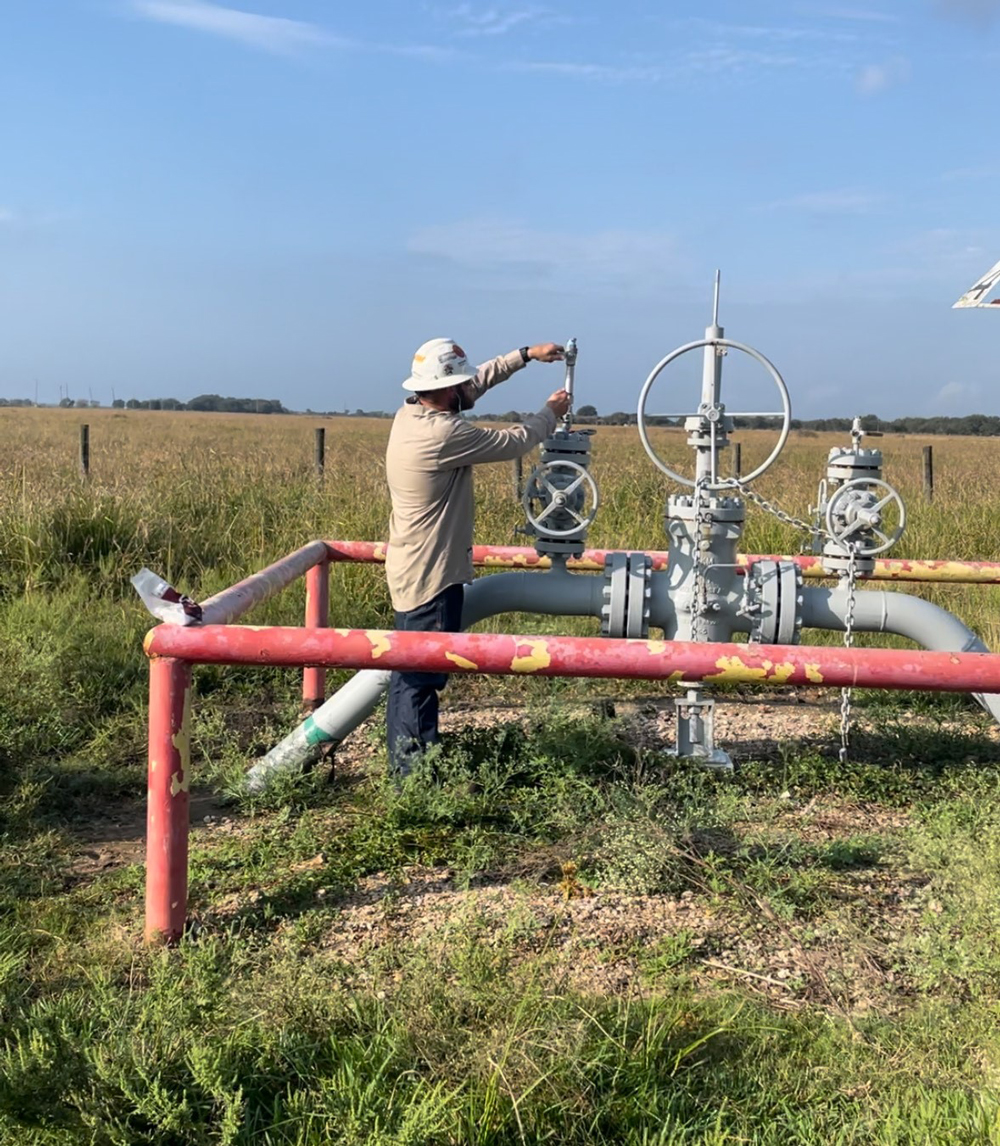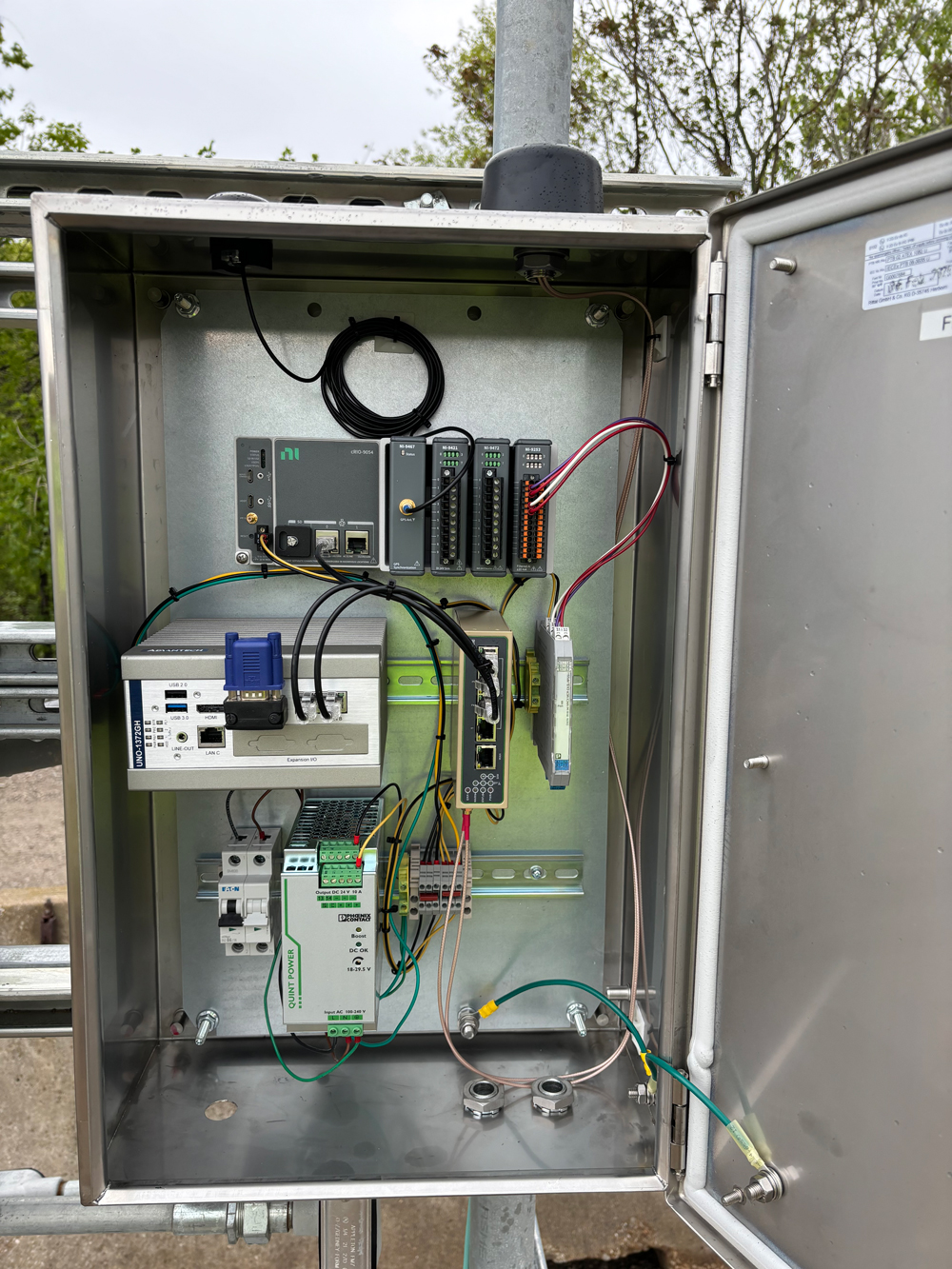June 2024, Vol. 251, No. 6
Features
Leak Detection: Navigating Industry Evolution Through Adaptive Technology
By Stuart Mitchell, President & CTO, PipeSense
(P&GJ) — To maintain innovation and growth while avoiding potential disruption, the governing bodies responsible for regulation and processes within the pipeline industry are expected to anticipate change and implement the appropriate solutions.
Not just vital to facilitating progress and optimizing operational efficiencies, the anticipation for and establishment of change are necessary to protect and safeguard the future well-established legacy of operators and their far-reaching infrastructure.
Against a tide of increasingly more complex demands — both internal to the industry and subsequent external factors — those who oversee the industry need to foresee how the industry and those who inhabit it will look in five, 10 and 15 years’ time.
In protecting the best interests of the industry, disruption can be critical. And from October 2024, disruption is exactly what many operators will face.
As facilitated by the Pipeline and Hazardous Materials Safety Administration (PHMSA), impending regulation changes, arriving Oct. 1, indicate a need to embrace change. As mandated by 49 CFR 195.134, onshore hazardous liquid pipelines transporting single-phase liquid pipelines constructed before Oct. 1, 2019, must be equipped with effective leak detection systems.
The new mandate applies directly to each liquid pipeline transporting liquid in a single phase (that doesn’t feature gas in the liquid), ensuring that each pipeline is equipped with a system for detecting leaks that complies with PHMA’s requirements in § 195.444.
The first wave of this change has already begun, with pipelines constructed on or after Oct. 1, 2019, requiring the § 195.444-appropriate leak detection system by Oct. 1, 2020.
Although long-established pipelines have had additional time for the planning stages, the deadline is fast approaching.
Evolving Regulation
This phase of the mandate from PHMSA focuses on older pipelines built prior to October 1, 2019. In the United States, it’s estimated that half of all gathering, distribution and transmission lines were commissioned more than 50 years ago. In the 2010s, according to PHMSA, there were up to 3,000 serious pipeline incidents, resulting in a $7 billion loss for the industry.
While reports indicated that within the 20 costly incidents, a supervisory, control, and data acquisition (SCADA) system was in place, leaks were only detected approximately 50% of the time. Previous reporting within the Cross-Country Pipeline Risk Assessments and Mitigation Strategies in 2019 found that within the U.S., the leak detection systems were effective less than 20% of the time.
Pipelines are prone to leaks, due to natural aging, corrosion, climate change and human interference, which makes a reliable and effective leak detection solution a must for pipeline operators.
Implementing an effective leak detection solution, while simple from a mandate standpoint, is challenging to operators, as they may be unaware that their current solution is not adequate to detect small releases that, if left unnoticed, can turn into significant environmental and public relations challenges.
Mass-volume balance is one of the most widely used options, particularly for long-distance transmission lines. While easy and cost-friendly to implement, mass-volume balancing as a standalone solution does not constitute a comprehensive leak detection strategy, as it often fails to detect small product releases and can be challenged by complex yet common flow regimes.
On the other hand, more advanced techniques, such as fiber-optic sensing, can detect small releases, however laying and maintaining is highly cost-prohibitive — even more so for pre-existing pipelines.
The key for operators is being able to detect, react and stop a leak quickly, which requires not only real-time leak detection but also the capability to determine the leak location with a high degree of accuracy. Operators will need to make efforts to seek out and adopt new methods and technologies that will provide the best leak detection possible.
With just a few months left until the regulations are introduced industry wide, pipeline operators across the United States must consider their options and act swiftly to prepare, ensuring compliance, safety and operational efficiency for all their pipelines and sites.
Supporting Change
Using the latest technological advancements, PipeSense offers the PipeSentry suite of products — a name given to its portfolio of technologies, which covers real-time advanced pipeline leak detection, real-time hydrotest leak location, pig location tracking and locating pre-existing leaks.
PipeGuard was developed to detect and locate leaks, typically within two to five minutes and 20-50 feet, and to be integrated into existing pipelines, mitigating the need to replace existing systems.
Case Study
Requiring advanced leak detection capabilities to augment an existing system within a high-consequence area (HCA) crude oil pipeline, an operator, in this case, needed to deploy a leak detection system capable of promptly recognizing small-volume releases within a short timeframe.
The project would entail implementing a sophisticated leak detection solution along a 16-mile section of pipeline, in a densely populated area. To avoid disruption, a non-intrusive approach was critical, as was the need for an assured solution that could offer immediate leak identification and precise location while minimizing false positives.
Following analysis and recommendations from the PipeSense team, the client opted for the advanced PipeGuard system.
Commencing the project, the system was installed on small-bore branches of the pipeline, using three pressure manifolds before establishing a connection to three field processing units.
To fine-tune the system to the characteristics of the pipeline, a technician collaborated with the client to conduct a series of simulated leaks. The system’s sensitivity was validated and endorsed by the client before operational control was transferred.
Additionally, to ensure as smooth a process as possible, the client was provided with an updated and optimized version of their web-based interface, upgraded to offer deployment flexibility and maintain a streamlined display of system operations, without necessitating extensive client involvement.
As A.I. continues to proliferate across various industries, it’s imperative to possess the expertise and insight to effectively implement A.I.-driven solutions for optimal outcomes.
By striking a balance between disruptive solutions and evolving industry requirements, operators and service providers can advance pipeline performance and bolster leak detection and monitoring capabilities, thereby fostering safer and more efficient operations.
Author: Stuart Mitchell, president and CTO at PipeSense, has over 28 years of experience working in the pipeline integrity management sector of the oil and gas industry, including more than 20 years working to develop and commercialize innovative technologies.







Comments